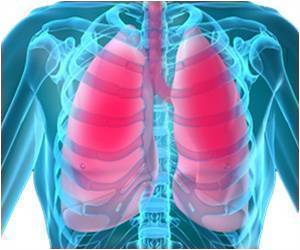Australian scientists have collaborated with Indonesians to develop a new computerised tool that can help authorities track the HIV spread across the archipelago.

The HIV in Indonesia Model, customised to the unique behavioural and geographical variations of the country, was launched recently in Jakarta.
“HIV has had considerable negative impact in Indonesia,” said lead researcher Associate Professor David Wilson, from Australia’s National Centre in HIV Epidemiology and Clinical Research at the University of New South Wales. “Last year almost 485,000 Indonesians were living with HIV. This number is estimated to grow to 744,000 by 2020, with around 50,000 new infections each year.”
“The HIV in Indonesia Model, known as HIM, is based on world best practice and is the most customised and sophisticated computer model to be developed for the region,” Associate Professor Wilson said. “It uses all available data to match behaviours and trends with outcomes and should open a new era for the design of optimal public health prevention strategies.”
HIM is flexible for users to assess different possible combinations of past and future epidemic patters and programs. It can be used to look at unique populations, such as injecting drug users, sex workers, waria (transgenders) and men who have sex with men, as well as the general population.
“HIM will allow Indonesia to understand the drivers for their epidemic and project the future course, both under current conditions and under scenarios where targeted interventions might be used,” A/Professor Wilson said.
Advertisement
Advertisement












